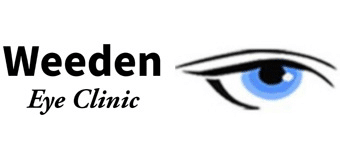4 Signs of Eye Strain
Eye strain is more common today than ever before—thanks largely to the way we rely on screens throughout the day. Whether you’re glued to a computer, reading on a tablet, or scrolling through your phone, overworking your eyes can lead to real discomfort. While occasional tiredness is normal, ongoing strain can affect your productivity and quality of life. Here are several signs, courtesy of your New Albany, MS optometrist, that may indicate your eyes are overworked and need a break.
1. Persistent Headaches Around the Eyes
One of the earliest signs of eye strain is a dull, throbbing headache that seems to center behind the eyes or around the temples. These headaches often show up after long periods of focusing—especially on close-up tasks like reading or working at a screen. If your headaches tend to ease up once you’ve rested your eyes or stepped away from the monitor, it may be more than a coincidence.
2. Blurred or Fluctuating Vision
Eyes that are fatigued may struggle to maintain focus. You might notice your vision goes blurry intermittently or takes time to sharpen when switching between near and far objects. These fluctuations aren’t always a sign of a serious eye condition—but they are a clear indicator your eyes are working too hard.
3. Dry, Burning, or Watery Eyes
Paradoxically, eye strain can lead to both dryness and excessive tearing. You may blink less when staring at a screen, causing your eyes to dry out. In response, your eyes might start to overproduce tears, which only adds to the discomfort. A stinging or gritty feeling can also accompany this symptom.
4. Sensitivity to Light
If your eyes suddenly feel more sensitive to indoor lighting or glare from screens, this could be another warning sign. Sensitivity to light often goes hand in hand with other symptoms of strain, particularly when you’re exposed to bright lights after extended screen use, which is referred to as digital eye strain in New Albany, MS.
While eye strain itself is not a disease, it can point to poor visual habits or an outdated prescription. If symptoms persist, schedule an eye exam to rule out underlying issues and discuss solutions that can help ease your daily visual load.



